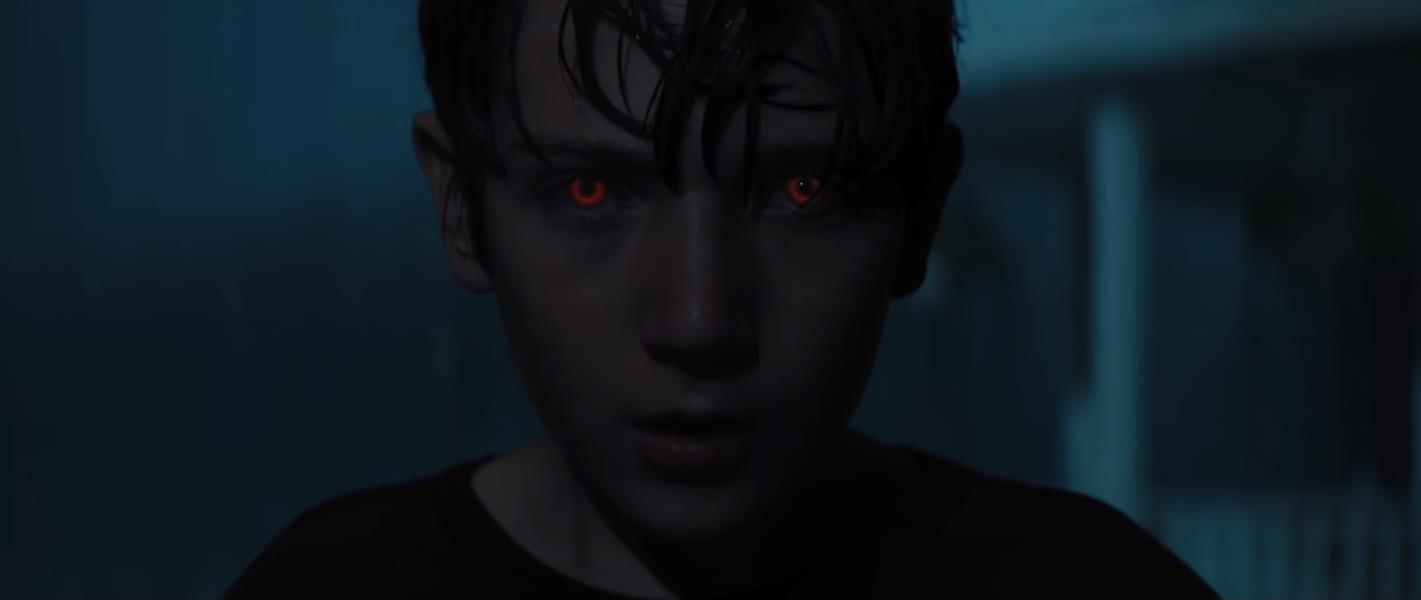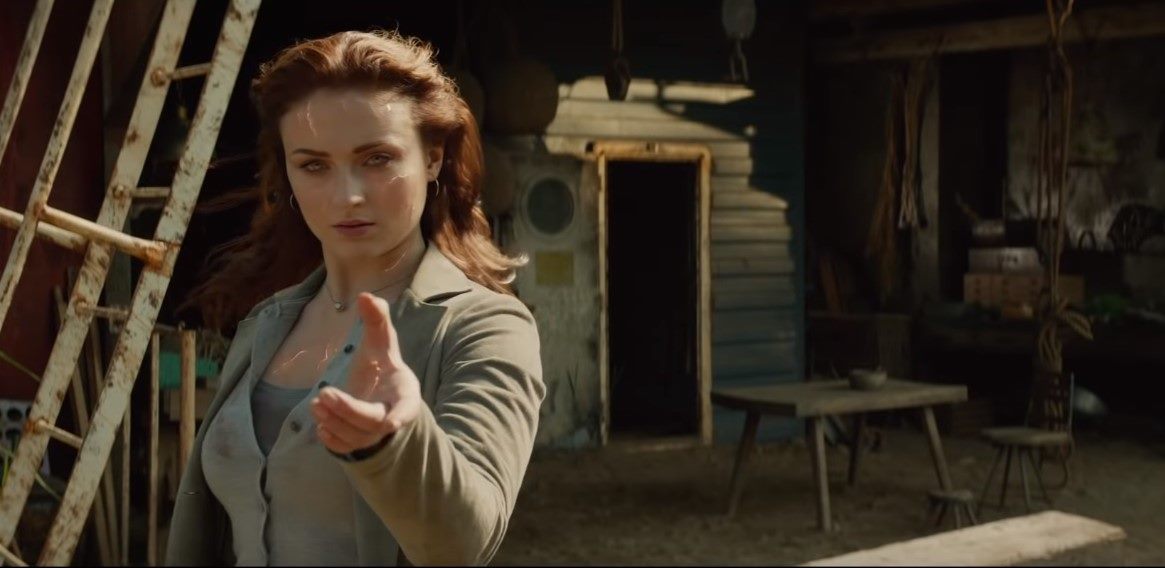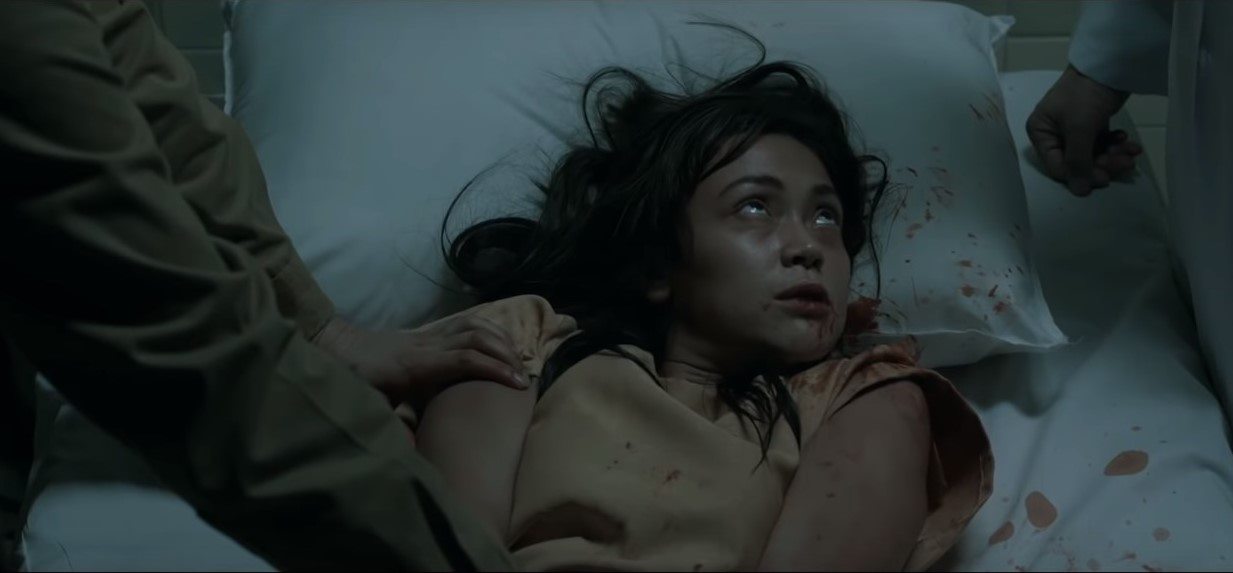
For the past month, mainstream releases in the cineplex have curiously toyed with the concept of evil, particularly its existence within the realm of the human world.

We see this in Brightburn, a subversion of the Superman story wherein instead of a superhero saving lives and doing good deeds, we witness the birth of a supervillain. It’s like Smallville meets The Omen. Though the film exposes the young villain’s murderous acts, most of the film’s narrative dwells on his eventual unfolding, retaliating from bullying and dismissal, highlighting the paradox of his traditionally good upbringing. Brightburn refers to the place where the story occurs (like Smallville).
The film ends without naming the young villain, Brandon Breyer, but instead replaces the alter-ego name with a sign that takes his name’s initials in mirrored form, as if indicating the duality of his persona, the presence of good and evil contained in one being. Faced by the irrevocable revelation of his true nature, he asks his mother (played by Elizabeth Banks)—”who am I?” The mother turns to affectation, overcome by the difficulty of acceptance, and finally falls inevitably to Brandon’s true nature.

There is a lot of self-questioning too, about the self and its nature vs nurture argument, in X-men: Dark Phoenix, particularly with the character of Jean Grey (played by Game of Thrones’ Sophie Turner in this iteration) when she discovers and later succumbs to her dark side. This evil version of Jean is mostly attributed to a dangerous rescue mission in space where she absorbs a cosmic force. But her transformation is really fueled by the revelation of a tragic childhood secret—her unintentionally killing her mother—purposefully hidden by Charles Xavier (James McAvoy), unearthing a raging ball of fire.
Fanboys and pundits can debate all they want, but taking all things into account, including the production hurdles, I still think Dark Phoenix offered X-men’s most compelling narrative, one that invites the beleaguered mutants to reflect on their existence and mission, and by attempting to question Charles’ authority figure, also dares to expose the limits of diplomacy and the fragility of any peace accord. These themes ring true in this last installment of the series, even though some see it as falling short of the usual visual grandeur of superhero films. Once more, the question of humanity’s worth hangs in the balance: are we able to live with ourselves knowing our capacity for evil?
In the second installment to the Hollywood Godzilla franchise, this dilemma also comes into play several times and set into motion by the variety of characters in what is a lackluster follow-up to Gareth Edwards’ reincarnation of the beloved monster of Japanese origin. In King of the Monsters, evil is embodied in the deceptive tendencies of humans and how this can have disastrous effects far worse than what the kaijus, hidden in the depths of the earth, can wreak. However, the film’s plot is incoherent that the weight of its moral dilemmas get lost in the rubble of its convolutedness. What made Edwards’ Godzilla memorable was its focus, playing with scale and tension, while keeping the human angle fairly interesting. Here, the stakes didn’t resonate well, and the sacrifices that punctuate the film’s humanity are laid to waste. Not even the money shot at the end, which should feel epic, could save the rest of the film’s squandered possibilities.

Recently, Pinoy cinema has dabbled with the existence of evil with this month’s release of Clarita, a story inspired by real-life events in the 1950s of an imprisoned woman believed to be possessed by the devil. Derick Cabrido’s film quickly puts the audience into the exorcism, which turns out to be the device to tackle not just Clarita’s origins but of the characters that are involved in the exorcism: the two performing priests—one young and old—and a budding journalist. Each carry their own demons but the one that plays out in direct opposition to the story’s premise is that of the young priest whose sense of denial of and difficulty in coming to terms with evil mirrors the human person’s weakness in the face of solitary struggle. The final exorcism, which occurs in the blacked-out prison, is rife with physical and psychological terror, stresses the importance of collectivity in evil’s final defeat. Which is why it’s a letdown that the film descends into conventionality, relying on usual gimmickry.
There are no epiphanic moments offered by these narratives but familiar introspections in relation to identity and what it means to live with its manifestation in our current reality. What is similarly exposed by these films is our difficulty of seeing and calling evil for what it really is, and sometimes our denial in the face of it.



